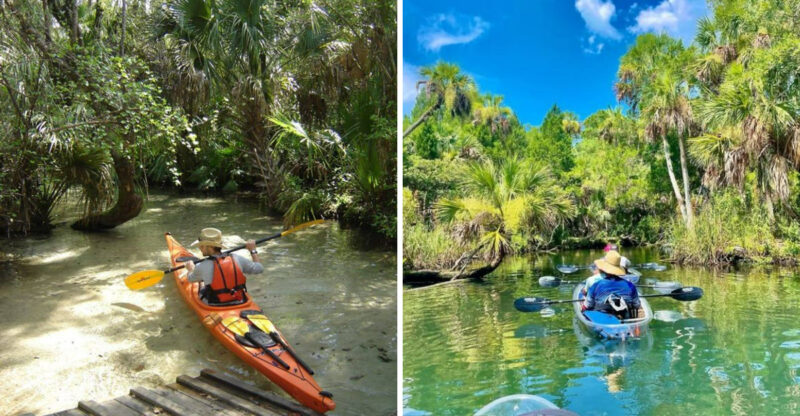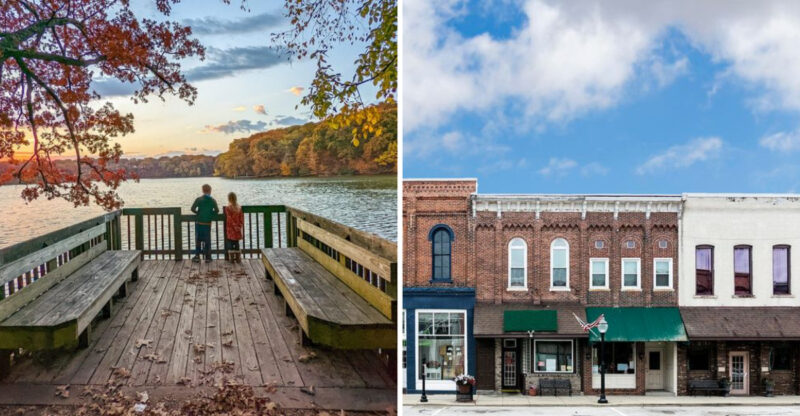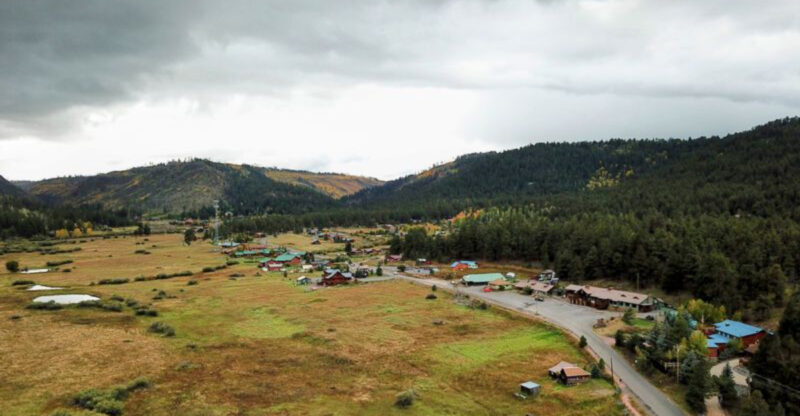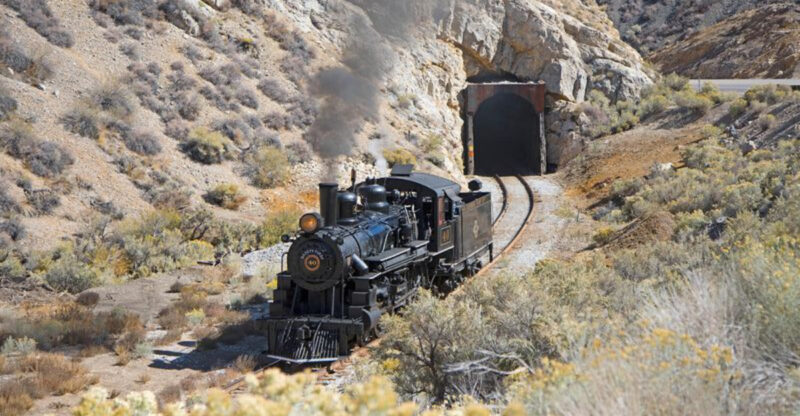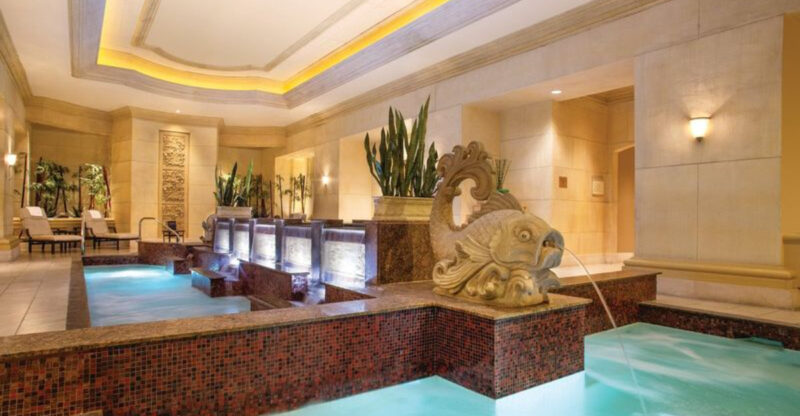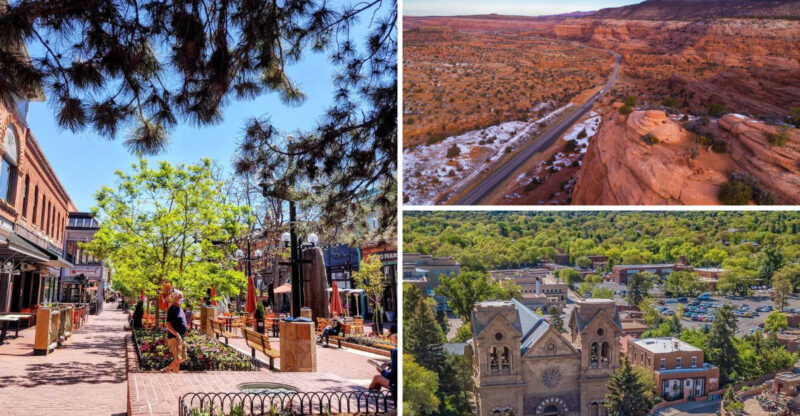10 California Coastal Towns Overrun By Tourists, According To Locals
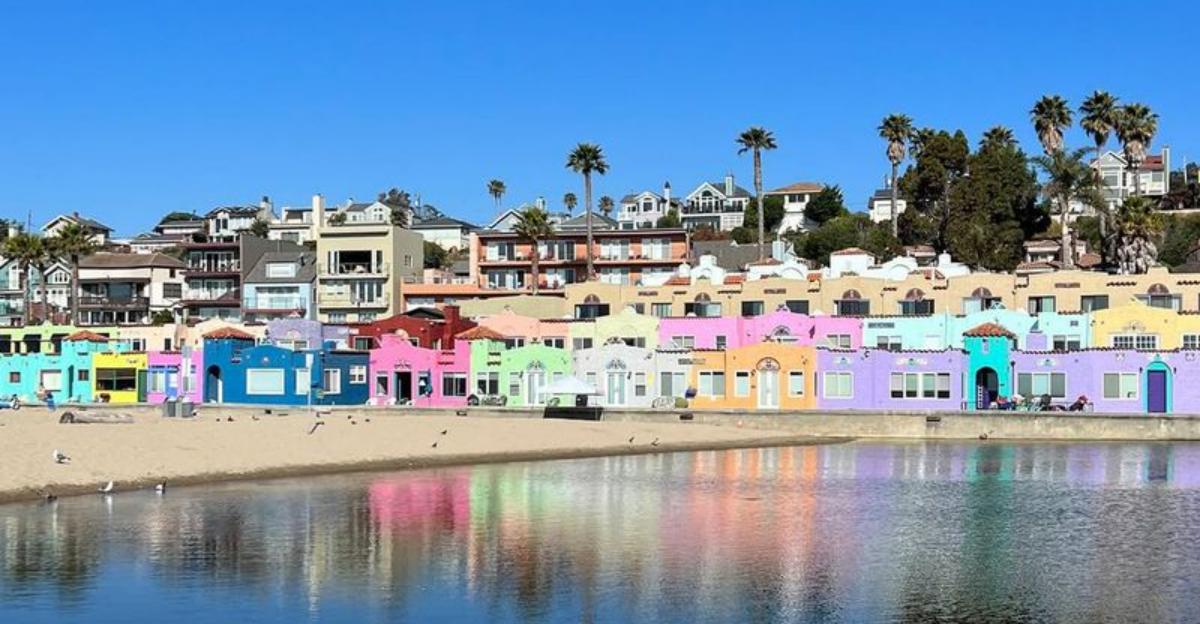
California’s coastline stretches over 800 miles, dotted with charming towns that attract millions of visitors every year. While tourism brings economic benefits, some communities have become so crowded that locals feel their hometowns have been transformed beyond recognition.
I’ve gathered insights from residents who’ve watched their peaceful coastal havens turn into bustling tourist hotspots where parking is impossible and favorite spots are always packed.
1. Carmel-by-the-Sea
Fairy-tale cottages and artistic charm make this tiny village irresistible to visitors from around the world. Locals tell me that finding parking on weekends feels nearly impossible, with cars circling for hours.
The once-quiet streets now overflow with tour groups snapping photos at every corner. Restaurants that used to welcome walk-ins now require reservations weeks in advance.
Residents say the town’s population swells from 3,000 to over 30,000 during peak seasons. Many longtime locals avoid downtown entirely during summer months. The famous white-sand beach becomes a sea of umbrellas and blankets, making it hard to find your own spot in the sand.
2. Santa Barbara
Spanish colonial architecture and perfect weather year-round have turned this city into a tourism magnet. I’ve heard from residents who remember when State Street wasn’t shoulder-to-shoulder with visitors every weekend.
The harbor area has become particularly congested, with tour buses unloading hundreds of people daily. Local favorite restaurants now cater primarily to tourists with inflated prices.
Housing costs have skyrocketed partly due to vacation rentals taking over residential neighborhoods. Beaches that once offered peaceful sunset walks are now packed with out-of-towners until dark. Traffic along the 101 freeway crawls during holiday weekends, frustrating commuters just trying to get home from work.
3. Monterey
World-famous aquariums and Cannery Row attractions bring massive crowds year-round to this historic fishing town. Residents complain that Cannery Row has become an outdoor mall rather than the authentic waterfront it once was.
Finding affordable housing has become nearly impossible for workers who keep the tourism industry running. Locals avoid popular spots like Fisherman’s Wharf entirely because navigating through tourist crowds takes too much time.
Did you know the aquarium alone attracts nearly 2 million visitors annually? Traffic congestion on the narrow coastal roads makes simple errands take twice as long. Many longtime families have moved inland where life feels more manageable and less commercialized.
4. Malibu
Celebrity homes and stunning beaches draw endless streams of visitors to this exclusive coastal community. Locals say the Pacific Coast Highway becomes a parking lot on sunny weekends with beachgoers from Los Angeles.
Popular surf spots like Surfrider Beach are so packed that even experienced surfers struggle to catch waves. Parking along PCH has become cutthroat, with people waiting in their cars for spots to open up.
Residents feel their privacy has vanished as tourists constantly stop to photograph celebrity homes and scenic viewpoints. Trash left behind at beaches has become a serious problem requiring constant cleanup efforts. The small-town atmosphere locals cherished has been replaced by constant noise and congestion.
5. Laguna Beach
Art festivals and pristine coves have transformed this Orange County gem into a tourism powerhouse. I’ve spoken with locals who avoid downtown during summer because sidewalks become impassable with slow-moving visitors.
The famous Pageant of the Masters brings thousands of additional people during an already busy season. Beach access points have lines stretching down the street on warm days.
Parking enforcement has become aggressive as the city tries to manage overwhelming demand for limited spaces. Residents say their favorite hidden beaches are no longer secret thanks to social media exposure. Housing prices have soared so high that artists and longtime residents can no longer afford to live in the community they helped build.
6. Pismo Beach
Classic beach town vibes and clam chowder attract families from across California to this Central Coast destination. Locals tell me that summer weekends bring bumper-to-bumper traffic through the small downtown area.
The famous pier becomes so crowded that taking a peaceful walk feels more like navigating a theme park. Hotels and vacation rentals have replaced many residential properties, changing the neighborhood character completely.
ATV activity on the dunes has increased dramatically, creating noise and environmental concerns for residents. Restaurants that once served locals now focus entirely on tourists with higher prices and faster turnover. Many longtime residents feel their town has lost its authentic charm and become just another commercialized beach destination.
7. Half Moon Bay
Pumpkin festivals and dramatic coastlines make this Bay Area escape wildly popular, especially in fall. Residents say Highway 1 becomes gridlocked during October when the pumpkin festival brings over 250,000 visitors.
What was once a quiet farming and fishing community now feels like a weekend amusement park. Local beaches that offered solitude are now packed with San Francisco day-trippers seeking Instagram photos.
Housing costs have jumped as tech workers buy vacation homes, pricing out families who’ve lived here for generations. The small downtown area can’t handle the volume of visitors, creating frustration for both tourists and locals. Many residents do their shopping and errands on weekdays to avoid the weekend chaos that has become predictable and exhausting.
8. Avalon (Catalina Island)
Island paradise charm brings boatloads of visitors literally arriving by ferry every single day during peak season. Locals on this car-free island say the population explodes from about 3,500 residents to over 10,000 people on busy summer days.
Golf carts and bikes compete for limited road space as tourists flood the tiny downtown area. Residents struggle to access basic services when shops prioritize tourist sales over community needs.
The ferry schedule dictates daily life, with massive crowds arriving in morning waves and departing in the evening. Housing is extremely limited and expensive, making it hard for workers to actually live on the island. Many locals feel like they’re living in a theme park rather than a real community.
9. Capitola
Colorful beachfront houses and a charming village atmosphere have put this small town on every tourist’s must-visit list. Residents remember when you could actually walk through the village without dodging selfie-stick wielding visitors at every turn.
The tiny beach becomes packed solid on warm days, with barely room to spread a towel. Parking has become so competitive that locals joke about needing a strategy just to visit their own downtown.
The famous Capitola Wharf draws constant crowds, making peaceful fishing trips a thing of the past. Summer weekends bring traffic jams on the narrow streets not designed for heavy volume. Long-time residents feel their quirky beach town has been discovered and loved to death by social media exposure.
10. Sausalito
Stunning bay views and Mediterranean vibes make this Marin County town a magnet for San Francisco tourists. Locals say that Bridgeway Boulevard becomes a slow-moving river of tourists every weekend, especially when the weather cooperates.
The charming houseboat community has become a photo opportunity rather than the peaceful residential area it once was. Parking is nearly impossible, with visitors circling endlessly or giving up and blocking driveways.
Restaurants and shops have shifted focus entirely to tourists, with prices reflecting that captive audience. Ferry arrivals dump hundreds of people into the small downtown area multiple times daily. Residents avoid their own waterfront during peak times, feeling like strangers in their own hometown that has become a tourist attraction first and community second.

